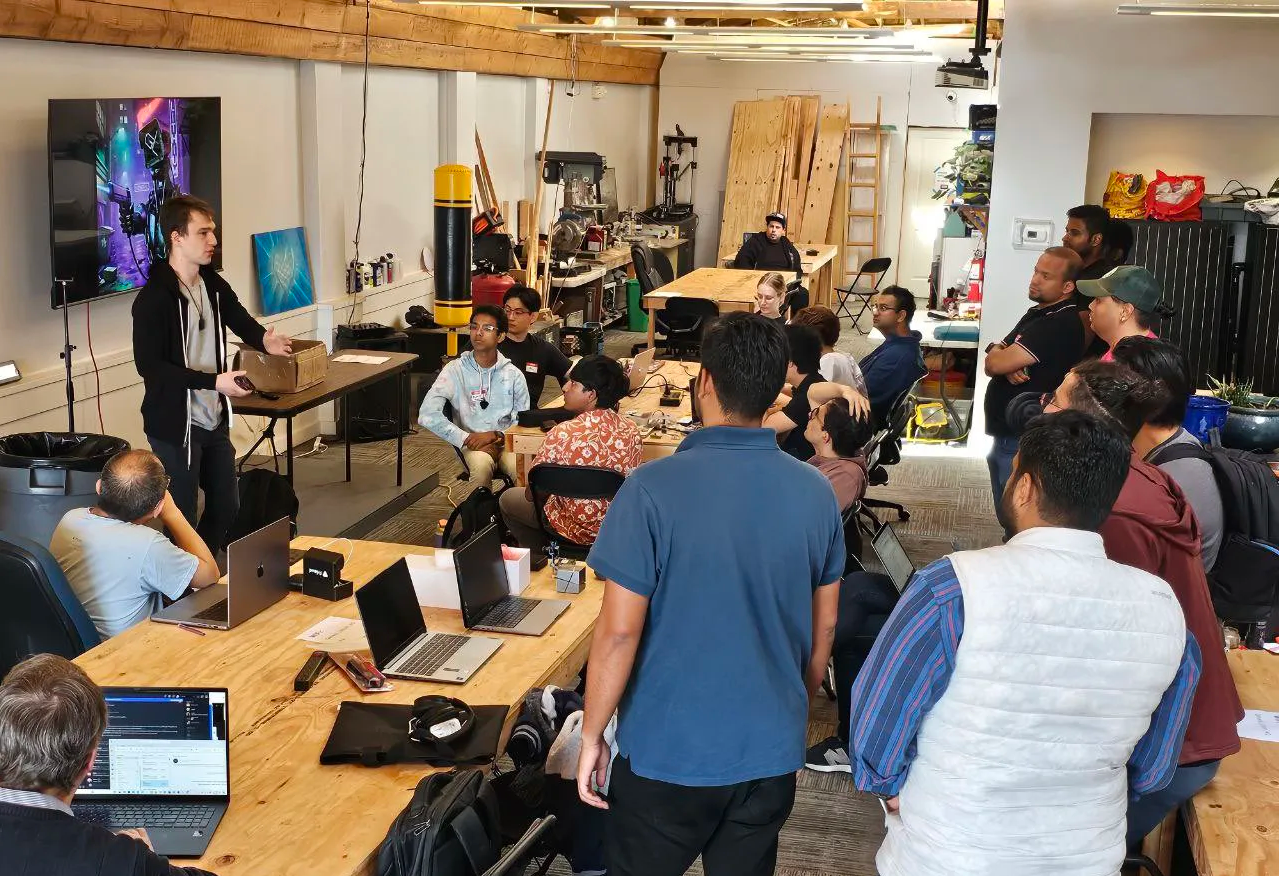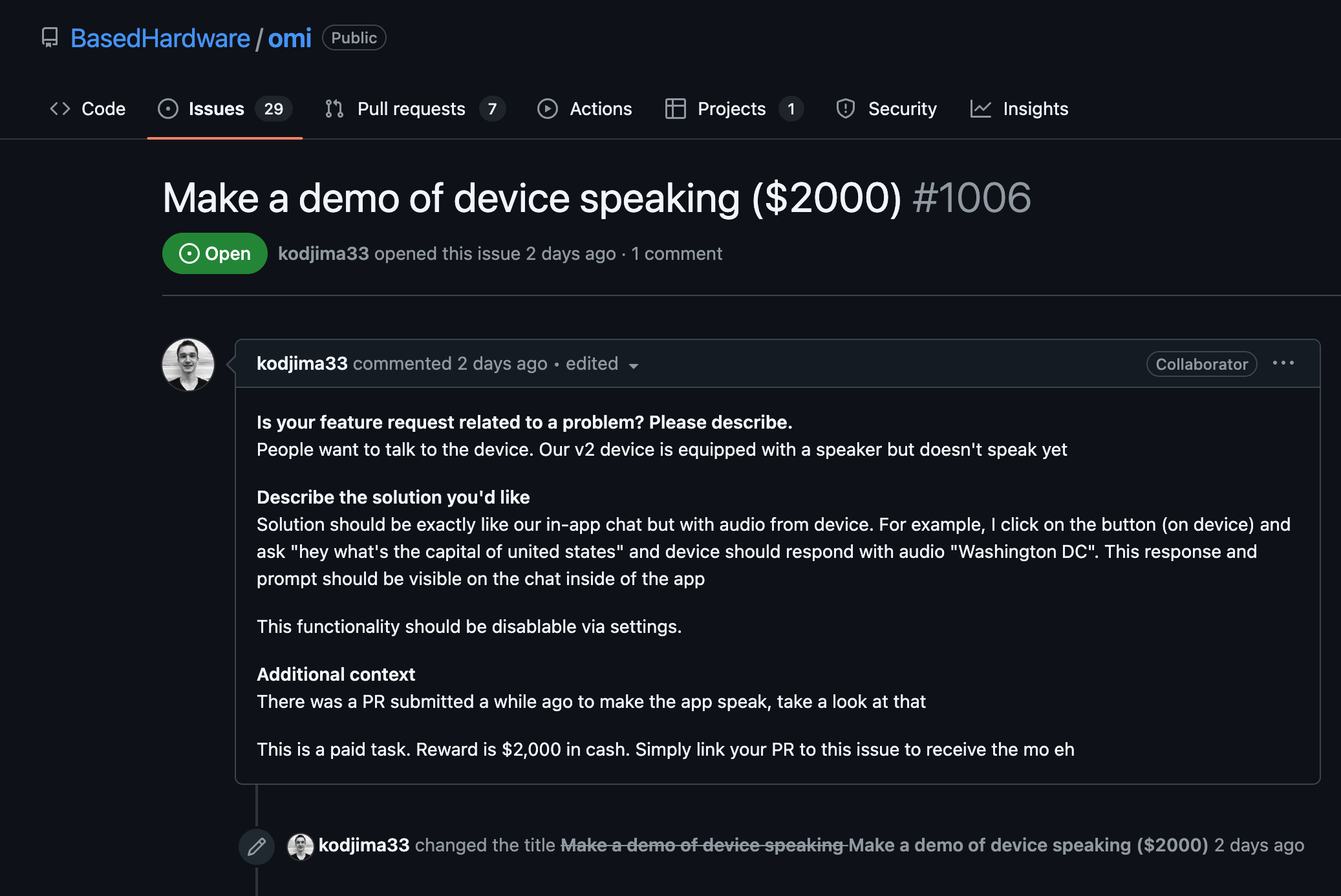Overview of Clang/LLVM Support
- Clang/LLVM is supported on a wide variety of devices, spanning numerous architectures and operating systems.
- It is integral for compiling applications, libraries, and even whole operating systems, providing a robust toolset for firmware engineers.
Supported Architectures
- x86 and x64: Clang/LLVM fully supports both 32-bit and 64-bit Intel/AMD architectures, making it a popular choice for desktop and server environments.
- ARM and ARM64: With the rise of mobile and embedded devices, Clang/LLVM provides exceptional support for ARM architectures, including the 64-bit ARM64, which is prevalent in modern smartphones and tablets.
- MIPS: While less common, Clang/LLVM supports the MIPS architecture, often used in embedded systems and consumer electronics.
- PowerPC: Although not as widespread, there is support for PowerPC, which can be critical for certain legacy systems and high-performance computing environments.
- RISC-V: Clang/LLVM has growing support for the open-source RISC-V architecture, a testament to its adaptability to new and evolving hardware standards.
Supported Operating Systems
- Linux: Linux support is comprehensive, with Clang/LLVM often used for kernel development, offering tools for various distributions and hardware configurations.
- macOS: As the default compiler toolchain in macOS, Clang/LLVM provides seamless integration with Apple's ecosystem.
- Windows: Clang/LLVM runs on Windows, offering a powerful compiler alternative that can be used with or without the Windows Subsystem for Linux (WSL).
- FreeBSD and Other BSDs: NetBSD, OpenBSD, and FreeBSD users can leverage Clang/LLVM for software development, thanks to its open-source nature and flexibility.
- Android: Clang/LLVM is the preferred compiler for Android development, helping firmware engineers create efficient applications tailored to varied device components.


























